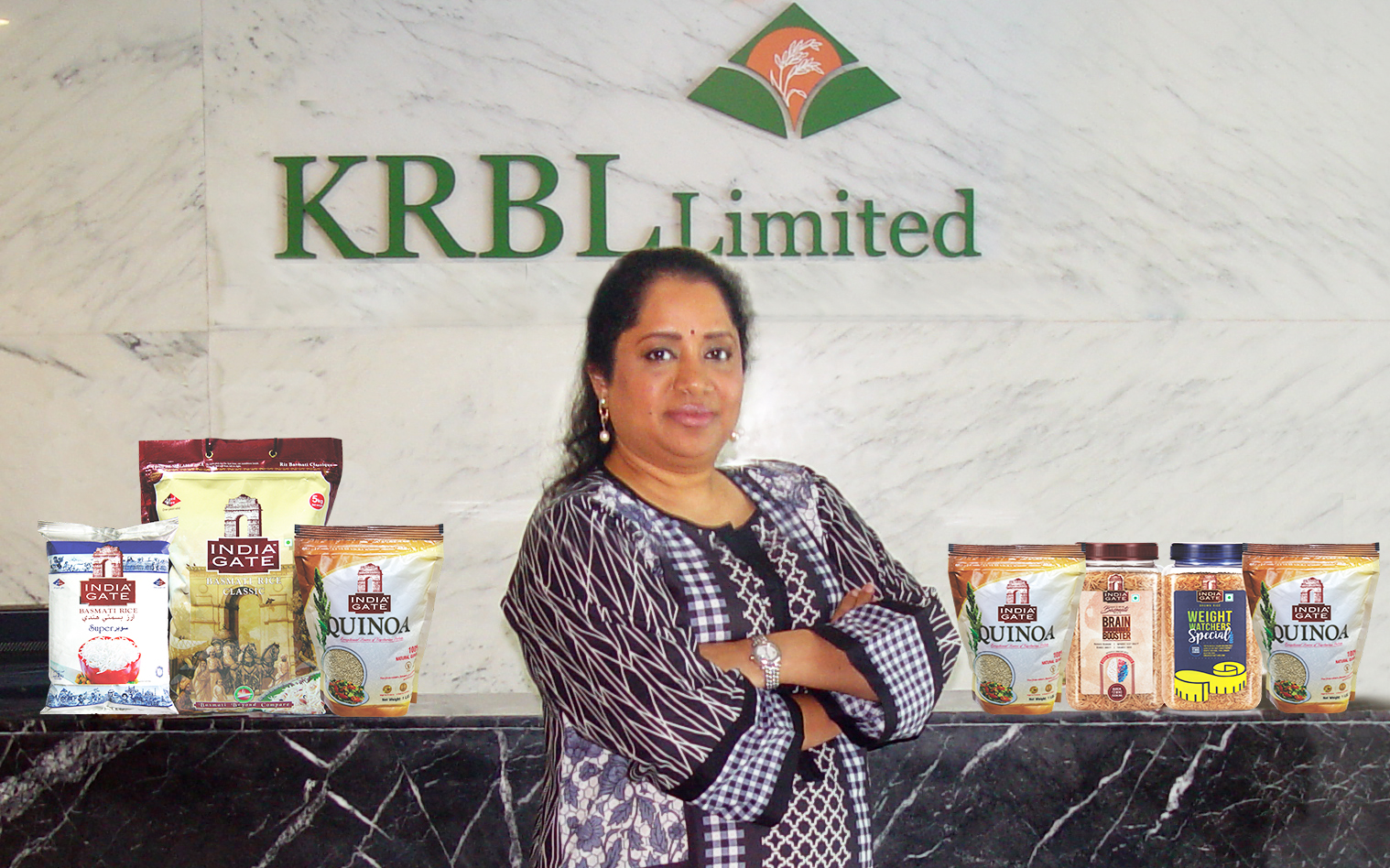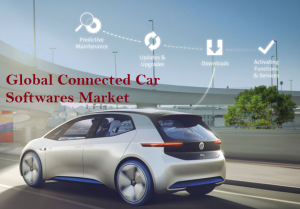According to a study done by The World Bank, one of the most worrying predictions about the future is the fact that agricultural production will reduce by 15 to 30 percent by 2080 due to climate change. It is worrying because even the current production cannot feed the entire world. A substantial percentage of people still suffer from acute famine. This is perhaps, why human beings have become very conscious about sustainability efforts. Sustainability is the strategic efforts towards meeting the needs of the present generation without compromising the ability of the future generation from meeting their own needs.
In the last two decades, consumer demand for sustainability in any industry has increased— a 2015 world-wide study found that 55 percent of consumers from 60 countries said they were willing to pay more for products and services from companies committed to social and environmental improvements. At the center of these efforts is the food and beverage industry, which directly affects the agricultural sector. According to research, consumers are now more than ever aligning their personal values with the brands they buy, making this one of the reasons why sustainable leadership is important to stay relevant in the food and beverage industry. This has raised the bar higher for companies to articulately define their values and what they stand for. From F&B manufacturers who adopt sustainable means of production to restaurants and cafes that minimize their impact on the environment through clever use of leftovers, worldwide the F & B industry has embraced the greening of business practice.
But how do you achieve the sustainability leadership scorecard in the industry?
Sustainability is a responsibility that should be shared by the industry as a whole and alike. The F&B industry is extremely complex, involving many decision makers right from the food producers to retailers to the restaurateurs. In order to maximize the performance and growth of a sustainable food model it is important that stakeholders involved at different levels come together to transform the food system with one common goal: beginning from manufacturers producing environment friendly healthy food products to retailers and other distributing junctions supporting and backing the efforts of the manufacturer and vice versa .
One of the principles of sustainable leadership in the industry is customer engagement. Most consumers are attracted to companies because of their sustainability efforts. Communication with customers transparently on the business process and visualizing the supply chain via social media, not only creates talking point on the business processes, but brings the consumers closer to growers. This generates far greater confidence in the product/brand than any marketing or promotion can do. It is estimated that more than 40 percent of shoppers are interested in purchasing environmentally friendly foods and beverages. Moreover, consumers are now willing to pay up to a 25 percent premium for foods and beverages that are certified as either organic or environmentally friendly. In the west, the retail chain Wholefoods espouses that consumer demands best.
The products retailers stock are also important when it comes to principles of sustainability leadership. More than half the population indicate that they prefer shopping at stores that carry food grown on sustainable farms. Consumers these day are not only interested in a healthy body but also in a healthy environment. Since retailers are at the end of the supply chain and capture the bulk of the value of the product, they need to learn to share value across the value chain, in order to keep the chain healthy. Capturing bulk of the value, without redeployment backwards, will either kill the chain in the long term, or leave it with little possibility of rejuvenation via innovation, efficiency etc. Moreover such chains eventually become transactional agents, rather than relationship-based value agents.
Companies have been the first to take the sustainability agenda head on and eventually many governments joined the initiative. Most companies started out of a business need seeing input resourcing difficult and non-perennial. However these same companies were quick to realize how it converted into better products, better brands and eventually better bottom line. Soon sustainability became a buzzword and lost its true meaning. True sustainability requires long term vision, purpose based existence rather than profit based existence and patience capital. Some projects may not generate the requisite ROI, but still need to be undertaken- because they make sustainable sense. There have been ambitious effort made by some Swedish governments on how companies should be valued. Presently the profit based, EBITDA valuation may not be the best model for our current and future needs. A different model that is based on sustainable efforts, climate impact, and sociological impact will create more “shared value” companies. Consumers have already started rewarding such companies by propagating their use online.
The most important contributor in the present and future scenario to the sustainability efforts will be governments. The benefits of globalization in the last 30 years has brought the world closer together via open market access to each other’s markets, the learnings of one have been applied in other countries in order to be globally competitive. This has led to mass innovation on micro and macro scale in agriculture and other industries. WTO pressures have brought a lot of homogeneity and improvement in global lives on many economic and sociological fronts such as treatment of labor, standards etc. However in the name of consumer protection, the same standards are now being used as protectionist barriers to prevent free trade of goods risking the entire sustainability movement. Sustainable supply chains are now struggling to find markets for their products due to adoption of various forced standards. Therefore the governments globally will have to lead a movement in the support of ethical value chains allowing sustainable chains to flourish. The sustainable movement needs more cradling, rather than strangling, to cater to the future generations and growing populations’ needs.




